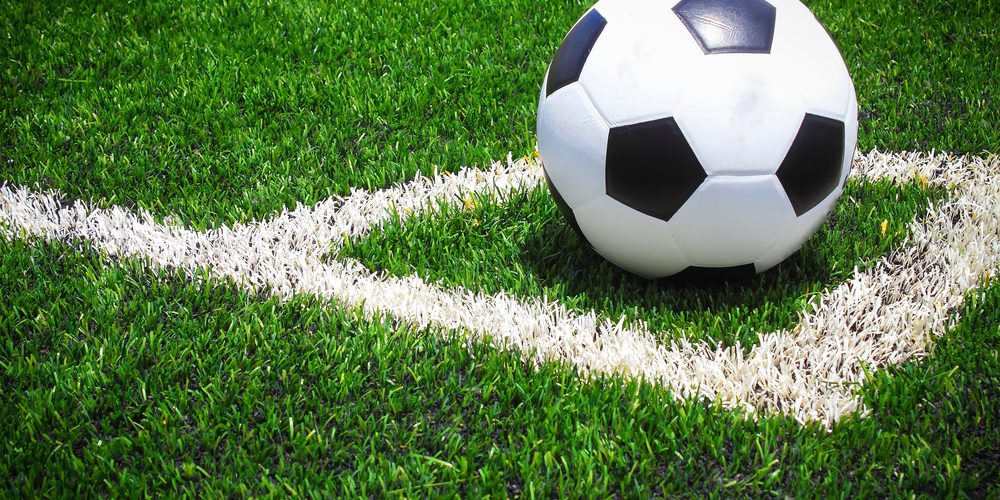Refs: In the right spot, at the right time
By Randy Vogt
I have seen many soccer games when the referee made an important call — sometimes correctly, sometimes incorrectly — and loud dissent followed since the ref was 40 yards away from the play. Just as with phones, long-distance calling can be very expensive. The preventive officiating technique is to be fit enough and to hustle each game so that you are close to the play. Should the ref blow the whistle far from the foul, the ref needs to continue running toward the foul so it could look like he or she is closer to the foul than when the whistle was blown.
Teams are much more likely to dissent from referee decisions when the ref is far away than with the same decision when the ref is 5-10 yards from the ball. After all, presence lends conviction.
Take a recent older girls youth soccer game that I was refereeing. Blue dominated play for most of the game but yellow scored two goals late in the second half to lead 2-1. A blue attacker, the left forward and the team’s best player that day, then dribbled up the touchline and when she was five yards inside the penalty area, there was some contact between her and the defender. But I was just five yards away and determined that a trip had not occurred. It would have been denying an obvious goal scoring opportunity if a foul had been whistled as well as a penalty kick for the penal foul. But because I was five yards away and the team was sporting, nobody argued the non-call and a player and the coach remarked after the game, a 2-1 loss, that they thought the game had been officiated very well.
The referee’s diagonal that he or she runs goes from corner flag to corner flag. In nearly every game played in the United States, the diagonal is from the left forward’s position on one team to the left forward’s position on the opposing team. But I like to think that the referee’s positioning isn’t a diagonal as much as it is a modified version of a half-open scissor — corner flag to corner flag and penalty arc to penalty arc. The referee is not a slave to this positioning, but it is a rough guide to follow, especially for the newer referee.
A rigid and inexperienced ref could run from corner flag to corner flag and miss a number of fouls by adhering exactly to this positioning. Worse, a lazy, unfit or fatigued referee will run from penalty arc to penalty arc and miss even more fouls as well as some of the assistant referee’s signals.
In the games I have officiated plus observed recently at all levels, I’ve noticed that the referee has done a good or at least an adequate job when he or she can get to the left of the left forward on occasion and the ref did not officiate the game well when he or she was always to the right of the left forward. How interesting that a little extra amount of running can make the difference whether the game was refereed well or not.
Getting to the left is important as fouls by the left touchline (near the corner flag and penalty area) should not be missed plus experienced players will know that the ref is there and watching them. Also, the ref will be facing toward the assistant referee and could see the AR’s signals clearly. Many of the AR’s signals for offside are missed when the ref is standing in the middle of the field, the ball is played to the left forward and the ref does not turn to look at the AR. When the ref is to the left of or even behind the left forward, this is not a problem. Plus I also believe that teams dissent less when they see that the ref is hustling.


